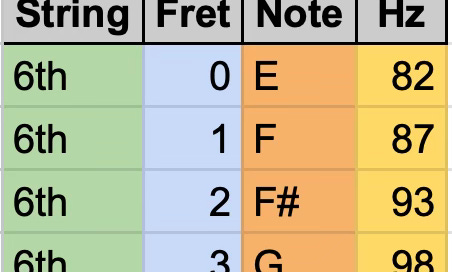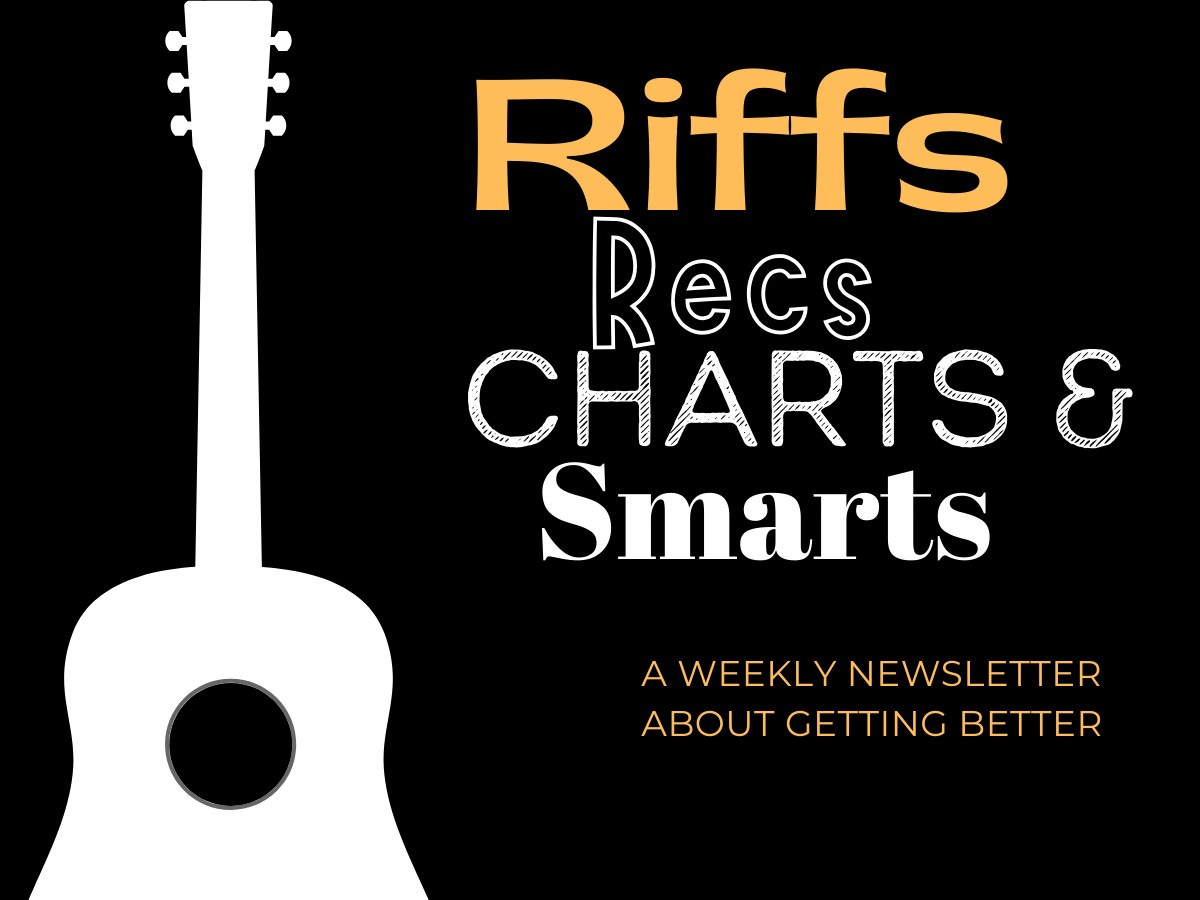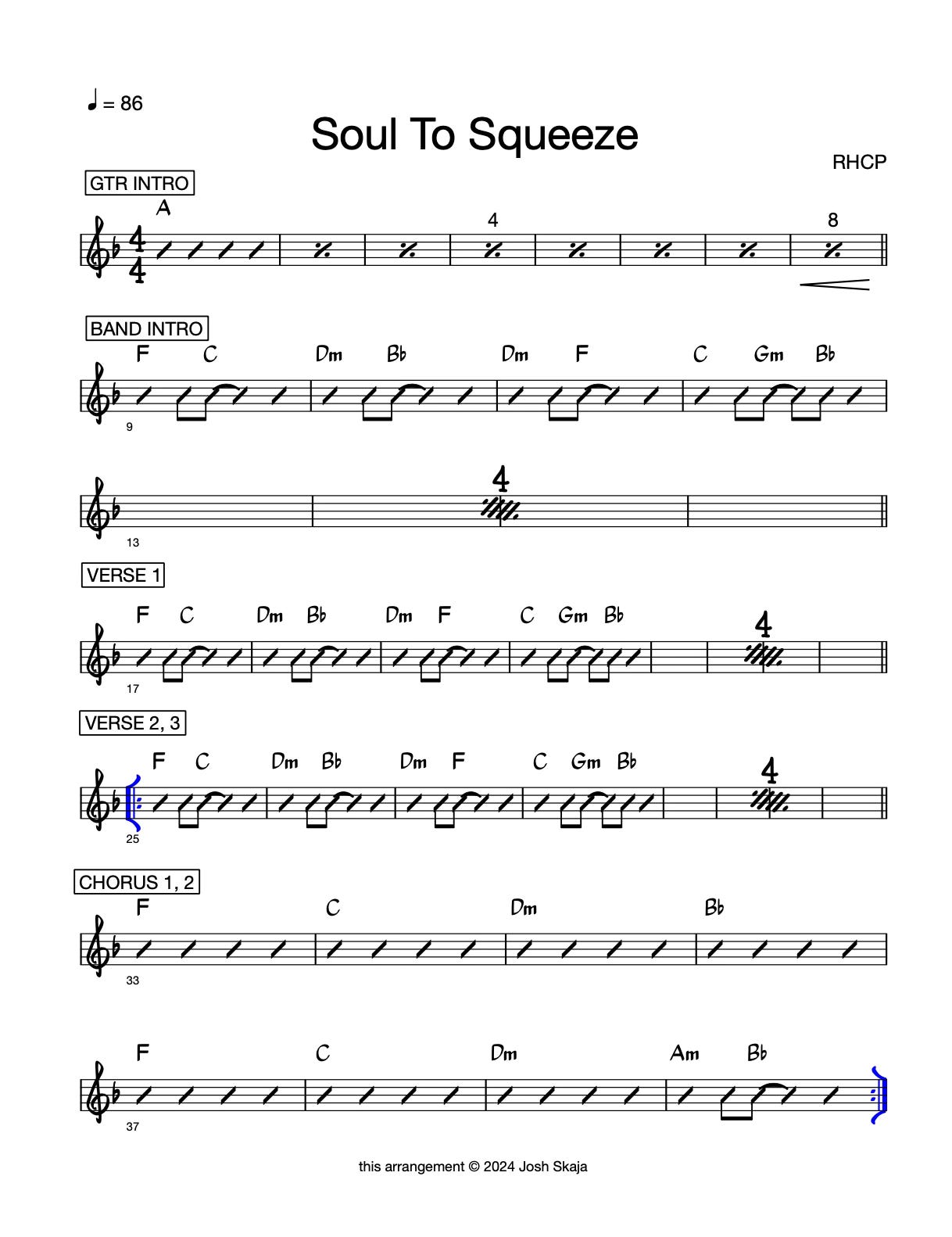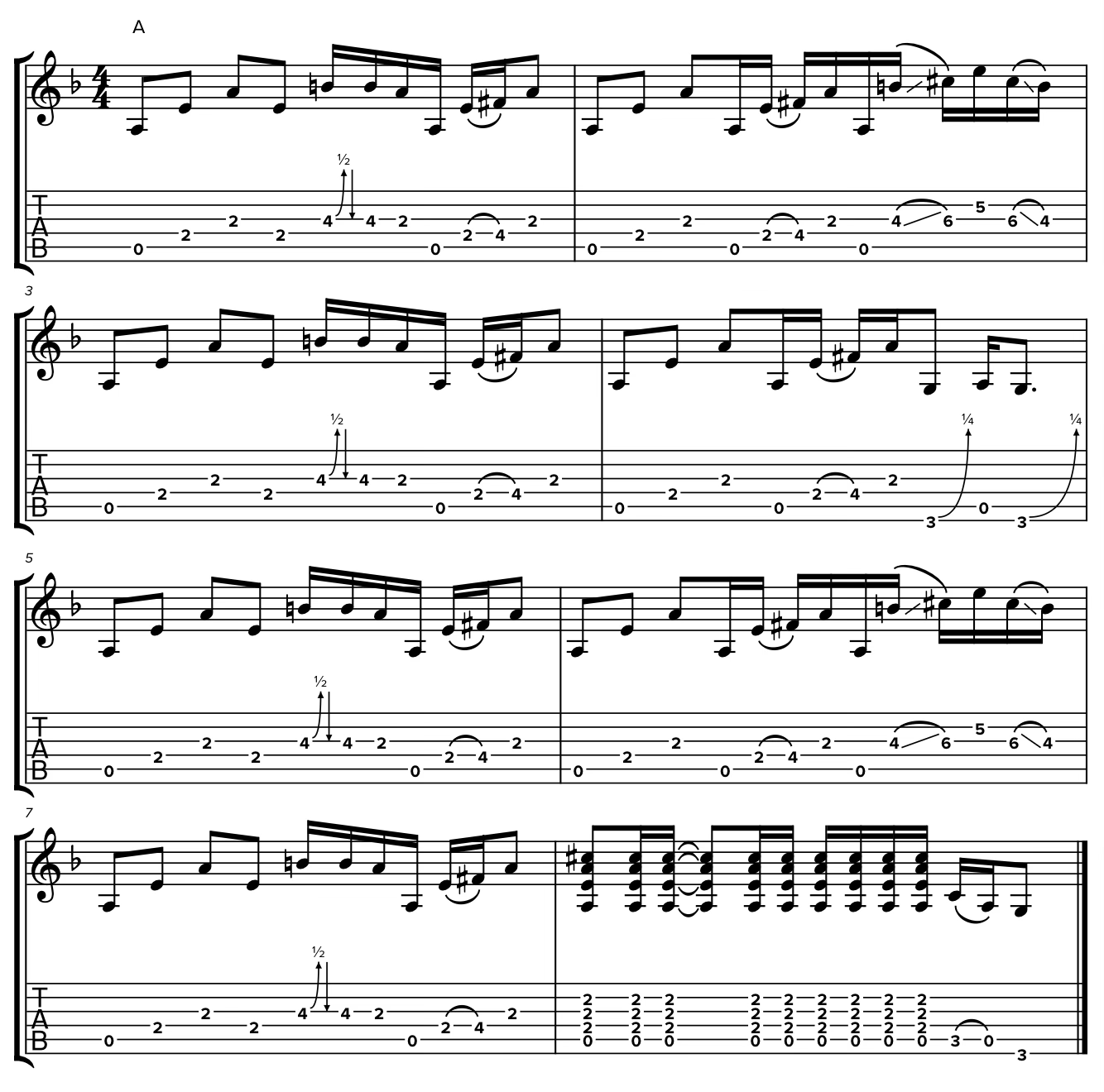RIFFS:
I finally figured it out.
In the solo acoustic musicians group, there’s a big crowd of people who HATE the Taylor ES2 pickup system.
If there’s one thing the world doesn’t need, it’s another “I’m right, you’re wrong” online screaming match. I try to remind myself: they’re probably not crazy. This probably makes sense based on their experience.
And finally I know why they’re getting bad results.
Taste the food before you salt it.
For as long as there have been acoustic guitar pickups, there have been issues.
They sound plastic-y. Quacky. You’ve gotta cut the mids out. They’ve got no dynamic range. We’ve been engineering workarounds for so long, we now reach for the “fixes” before we experience the problems.
And that’s how you make the ES2 sound bad.
EQ with your ears, not your habits.
They’re “fixing” problems they don’t have (and creating new ones in the process).
But there’s an easy fix:
Reset the EQ to flat. Turn off the “high pass” (bass cut). Start from zero, and only reach for EQ to tame problem frequencies.
Check it out…
Taylor 112ce → EV Everse 8
(🎧 on)
Mild compression & reverb, but no EQ:
As good or better than any stock pickup ever.
Same compression & reverb, but “Acoustic Guitar” EQ preset:
💡ahhh… so that’s why people say it’s “shrill” and “brittle.”
If you EQ the bass out of it, it sounds like ass.
Ok, but then: what if the bass is boomy?
Or if it feeds back?
That’s when we get surgical with our EQ. Bass response will vary from room to room, but each (acoustic) guitar has one specific frequency that’s usually the culprit. On my guitar, that’s 165 Hz.
But how did I find that frequency?
Here, I made you a chart:
File → Make A Copy
If you want a way more in-depth look at EQing, check out this article.
RECS:
EQ is also the electric guitarist’s special sauce.
This recent interview with Tom Bukovac is a tiny masterclass in using EQ:
“Don’t ask a session guitarist what their favorite settings are. That’s like asking a race car driver where they set the steering wheel. It’s constantly changing.”
CHARTS:
At Friday’s gig, someone requested Soul To Squeeze.
I’d never tried it, but I adore that song.
So I pulled up the chords on my phone and gave it a try. Success!
Now I’m gonna learn it for real. Here’s my chart:
Dropbox folder with PDF, Sibelius, musicXML, & Ableton files
SMARTS:
1/ quick hits & quirky bits
TEMPO, METER, & KEY:
82-90 BPM
(not recorded to a click)
GTR INTRO is a bit slower than the rest
(which settles in around 88 BPM)
4/4 the whole way
F major
(though the GTR INTRO feels like A major)
FORM:
GTR INTRO - BAND INTRO
VERSE 1 - VERSE 2 - CHORUS 1
VERSE 3 - CHORUS 2
SOLO - ANGSTY INTERLUDE1
VERSE 4 - BRIDGE
(the bridge is basically V5 with a different melody)
CHORUS 3 - CHORUS 4
2/ Chad Smith’s ferocious drum groove
It’s a four-bar pattern, with 16th note anticipation…
…but only in the first two bars. Then it straightens out. So hip!
(highly recommend you listen to the SoundSlice here)
3/ TAB for the GTR INTRO
That's all I got this week.
See you next Wednesday,
Josh
not an officially recognized theory term 🤣










Great post Josh. I totally get your frequency cut ideas. I have an Ibanez GB10SE hollowbody that I love to play smooth jazz solos on, but as I face my studio monitors hoo baby do I get some feedback/intense volume gain on a few notes. I found three notes on the 6th string that were the problem and added three different surgical cuts on EQ in my amp sim to those note frequencies and voila! Smooth sailing. Great technique. BTW what is the Solo Acoustic Musicians Group that you speak of?